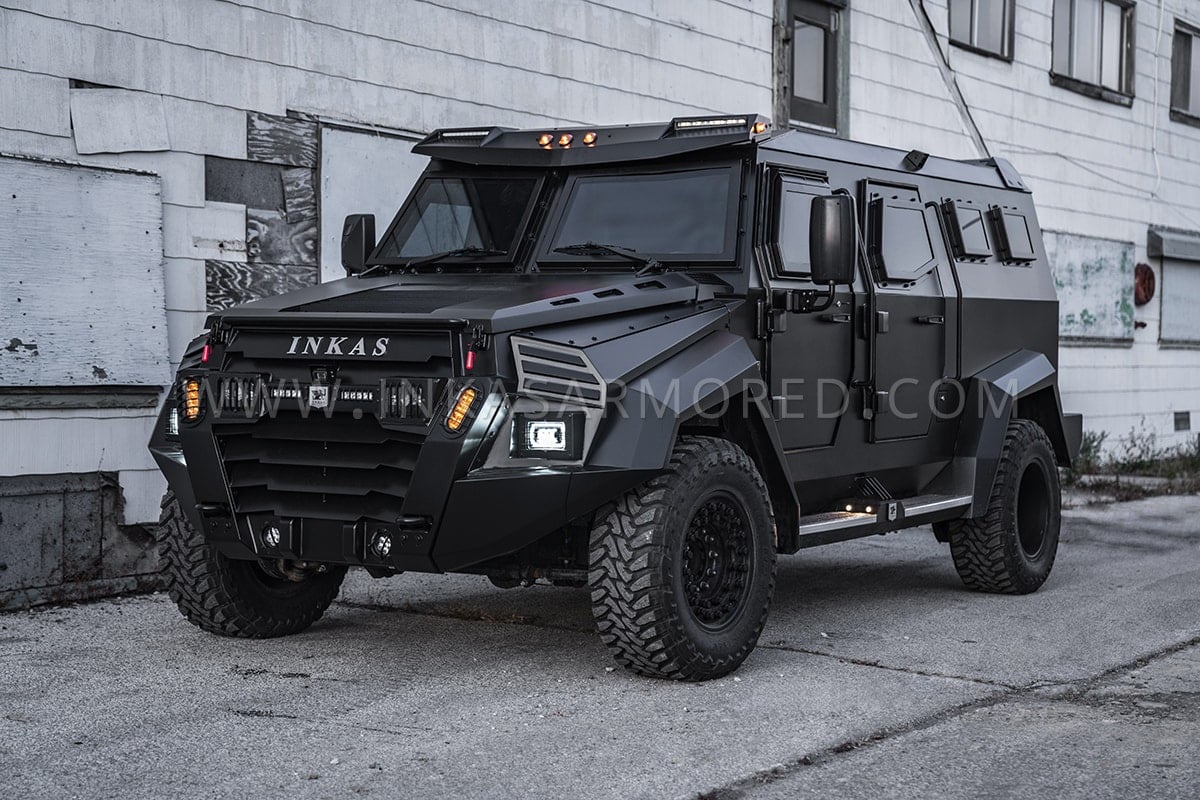The anatomy of an armored car is a fascinating study in the art and science of defensive engineering. These rolling fortresses are meticulously designed to blend the comforts of a luxury vehicle with the protective capabilities of a military tank. Understanding the protective features of an armor car requires delving into its core components, each playing a vital role in safeguarding the occupants against various threats.
From the outset, the chassis of an armored car serves as the foundation for its protective attributes. Reinforced to bear the additional weight of armor plating, the chassis must maintain structural integrity under stress. This reinforcement is often achieved through the use of high-strength steel and composites that provide a sturdy frame while minimizing the addition of excess weight.
The hallmark of any armored car is its ballistic protection. Manufacturers use a variety of materials for armor plating, including hardened steel, which can stop bullets from most handguns and rifles. In higher risk scenarios, materials such as aramid fiber, polyethylene, and even ceramic plates come into play, offering protection against heavier artillery. The thickness and composition of these materials are carefully calibrated to balance protection with practicality.
The windows of an armored car are far from standard. Layers of polycarbonate and leaded glass create a transparent but potent barrier, often several centimeters thick, that can withstand direct fire from high-caliber weapons. This bullet-resistant glass is one of the most visually apparent protective features, and the technology behind it is continuously evolving.
The tires of an armored car also feature innovative designs. They are equipped with run-flat technology, which ensures that the vehicle can continue to move at high speeds even after the tires have been compromised. This is particularly crucial in escape scenarios where stopping can mean the difference between life and death.
Beyond what meets the eye, armored cars are also fitted with a variety of other protective systems. Fuel tanks are commonly self-sealing to prevent explosions, and some vehicles are equipped with fire suppression systems to counteract the threat of incendiary devices. The battery and electronic control unit (ECU) are similarly shielded against sabotage and tampering.
The interior of an armored car is often lined with a Kevlar-type fabric, which serves to catch spall — the spray of metal fragments that results when the exterior armor is struck by a bullet. The cabin can also be sealed against chemical or biological attacks, featuring an air filtration system that protects against toxins and contaminants.
Security measures within an armored car can extend to offensive capabilities as well. Some vehicles are outfitted with intercom systems to communicate with external parties without opening a window or door, while others may have strategically placed nozzles to dispense tear gas or smoke screens.
The customization potential for armored cars is vast, and features can be tailored to the specific threats that a client may face. This bespoke approach to security ensures that each armor car is a unique sanctuary, optimized for its particular purpose, whether it's transporting high-profile individuals, sensitive materials, or operating in hostile environments.
The intricacy of an armored car's design reflects a comprehensive approach to security. Every feature, from the thickness of the armor to the resilience of the suspension system, is a testament to the meticulous engineering that prioritizes the safety of the vehicle's occupants above all else.
In summary, the anatomy of an armored car is complex and multi-faceted, featuring a symphony of protective elements that work in unison to provide unparalleled security on the move. Understanding its makeup is not just about appreciating the individual components but recognizing the expertise and innovation inherent in creating a vehicle that serves as a bulwark against the myriad threats of a precarious world. It is in this intricate balance of offense and defense that the true essence of an armor car is found, making it an indispensable tool in the arsenal of VIP security.


No comments yet